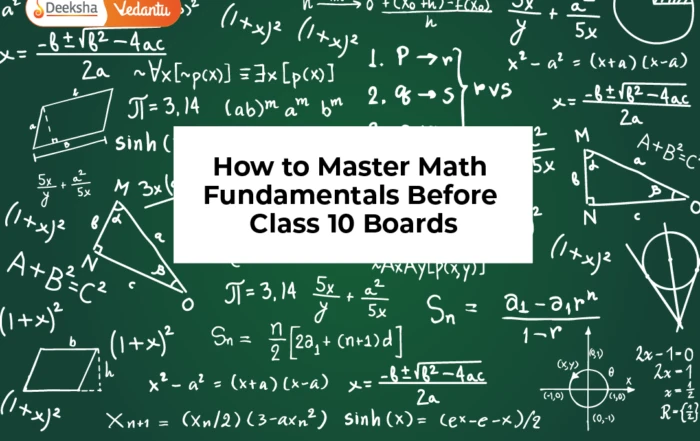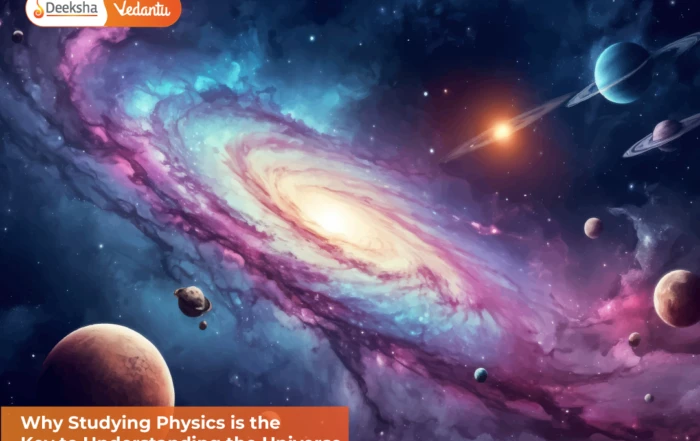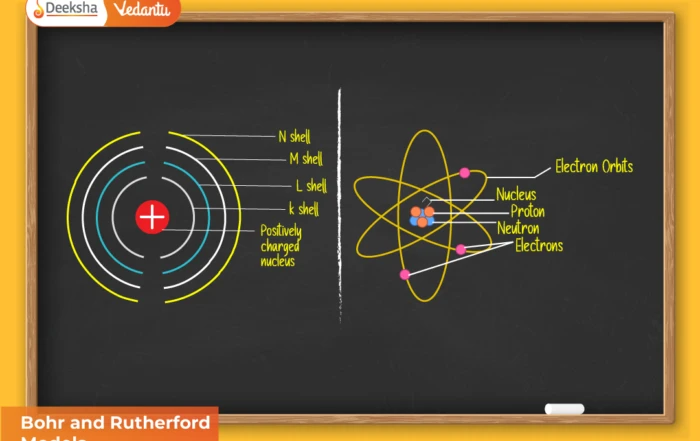
Introduction
In mathematics, once we understand sequences, the natural next step is to study their sum. A series is simply the sum of terms of a sequence, either finite or infinite.
For example:
- Sequence: 2, 4, 6, 8, …
- Series: 2 + 4 + 6 + 8 + …
Series play a central role in algebra, calculus, and higher analysis. In Class 11 NCERT, the study of series focuses on arithmetic series (A.P. sums), geometric series (G.P. sums), and general summation techniques.
From an exam perspective:
- CBSE Boards: Direct 4–6 mark questions on sum of n terms.
- JEE Main & Advanced: Series-based questions (especially G.P. and special series) are frequently tested.
- KCET/COMEDK: Expect quick formula-based problems, usually 2–3 marks.
Definition of a Series
If a sequence is given by terms a1, a2, a3, …, then the corresponding series is:
S = a1 + a2 + a3 + … + an
- Finite series: has a fixed number of terms.
- Infinite series: continues indefinitely.
Types of Series
1. Arithmetic Series (A.P. Series)
A series formed by adding terms of an arithmetic progression.
General form:
Sn = a + (a + d) + (a + 2d) + … + [a + (n – 1)d]
Formula for the sum of n terms:
Sn = n/2 [2a + (n – 1)d]
or
Sn = n/2 [a + l], where l = last term
2. Geometric Series (G.P. Series)
A series formed by adding terms of a geometric progression.
General form:
Sn = a + ar + ar2 + … + ar(n – 1)
Formula for the sum of n terms:
- If r ≠ 1: Sn = a(1 – rn) / (1 – r)
- If r = 1: Sn = na
Sum of infinite G.P. (|r| < 1):
S∞ = a / (1 – r)
3. Harmonic Series (H.P. Series)
Formed by taking reciprocals of natural numbers:
1 + 1/2 + 1/3 + 1/4 + …
Note: The harmonic series diverges (sum grows infinitely, though slowly).
4. Special Series
NCERT introduces standard summations like:
- 1 + 2 + 3 + … + n = n(n + 1)/2
- 12 + 22 + 32 + … + n2 = n(n + 1)(2n + 1)/6
- 13 + 23 + 33 + … + n3 = [n(n + 1)/2]2
These results are extremely useful in simplifying higher problems.
Derivations
1. Sum of n terms of an A.P.
Sn = a + (a + d) + (a + 2d) + … + (a + (n – 1)d)
Write in reverse: Sn = (a + (n – 1)d) + (a + (n – 2)d) + … + a
Adding: 2Sn = n[2a + (n – 1)d]
So, Sn = n/2 [2a + (n – 1)d]
2. Sum of n terms of a G.P.
Sn = a + ar + ar2 + … + ar(n – 1)
Multiply by r: rSn = ar + ar2 + … + arn
Subtract: Sn – rSn = a – arn
Sn(1 – r) = a(1 – rn)
Sn = a(1 – rn)/(1 – r), r ≠ 1
Solved Examples (Step-by-Step)
Here are 20+ solved examples modeled after NCERT Ex 8.2.
Example 1
Find the sum of the first 25 terms of the A.P.: 7, 10, 13, …
Solution:
a = 7, d = 3, n = 25
Sn = n/2 [2a + (n – 1)d]
= 25/2 [14 + 24 × 3]
= 25/2 [14 + 72] = 25/2 × 86 = 1075
Example 2
Find the sum of the first 15 multiples of 8.
Solution:
Sequence: 8, 16, 24, …, 8 × 15
This is an A.P. with a = 8, d = 8, n = 15
Sn = 15/2 [2 × 8 + (15 – 1)8]
= 15/2 [16 + 112] = 15/2 × 128 = 960
Example 3
Find the sum of the first 10 terms of the G.P.: 3, 6, 12, 24, …
Solution:
a = 3, r = 2, n = 10
Sn = a(1 – rn)/(1 – r)
= 3(1 – 210)/(1 – 2) = 3(1 – 1024)/(–1) = 3(–1023)/(–1) = 3069
Example 4
Find the sum of the infinite series: 5 + 3 + 1.8 + 1.08 + …
Solution:
This is a G.P. with a = 5, r = 3/5 = 0.6 (<1).
S∞ = a/(1 – r) = 5/(1 – 0.6) = 5/0.4 = 12.5
Example 5
Find the sum of squares of first 20 natural numbers.
Solution:
Formula: 12 + 22 + … + n2 = n(n + 1)(2n + 1)/6
= 20 × 21 × 41 / 6 = 2870
Applications
- Physics: Motion under acceleration → displacement is based on the sum of terms.
- Finance: Compound interest, installments, depreciation.
- Computer Science: Algorithm analysis often uses series.
- Exams: Direct formula use saves time and reduces errors.
Marks Allotment in Exams
- CBSE Boards (Class 11): 6–8 marks (usually one long problem).
- JEE Main: 1–2 questions (4–8 marks).
- JEE Advanced: Often appears as part of algebra/calculus-based problems.
- KCET/COMEDK: 1–2 questions, usually direct substitution (2–3 marks).
FAQs
Q1. What is the difference between a sequence and a series?
A sequence is a list of numbers, while a series is the sum of those numbers.
Q2. Which is more important for exams: A.P. or G.P. series?
Both are tested, but G.P. is particularly crucial in JEE and KCET.
Q3. Do I need to memorize formulas for sums of squares and cubes?
Yes, they are frequently used in board and competitive exam questions.
Q4. Can an infinite series converge?
Yes, if |r| < 1 in a G.P., the infinite sum converges.
Q5. Are special series asked in JEE?
Yes, especially sums involving squares, cubes, and manipulations.











Get Social